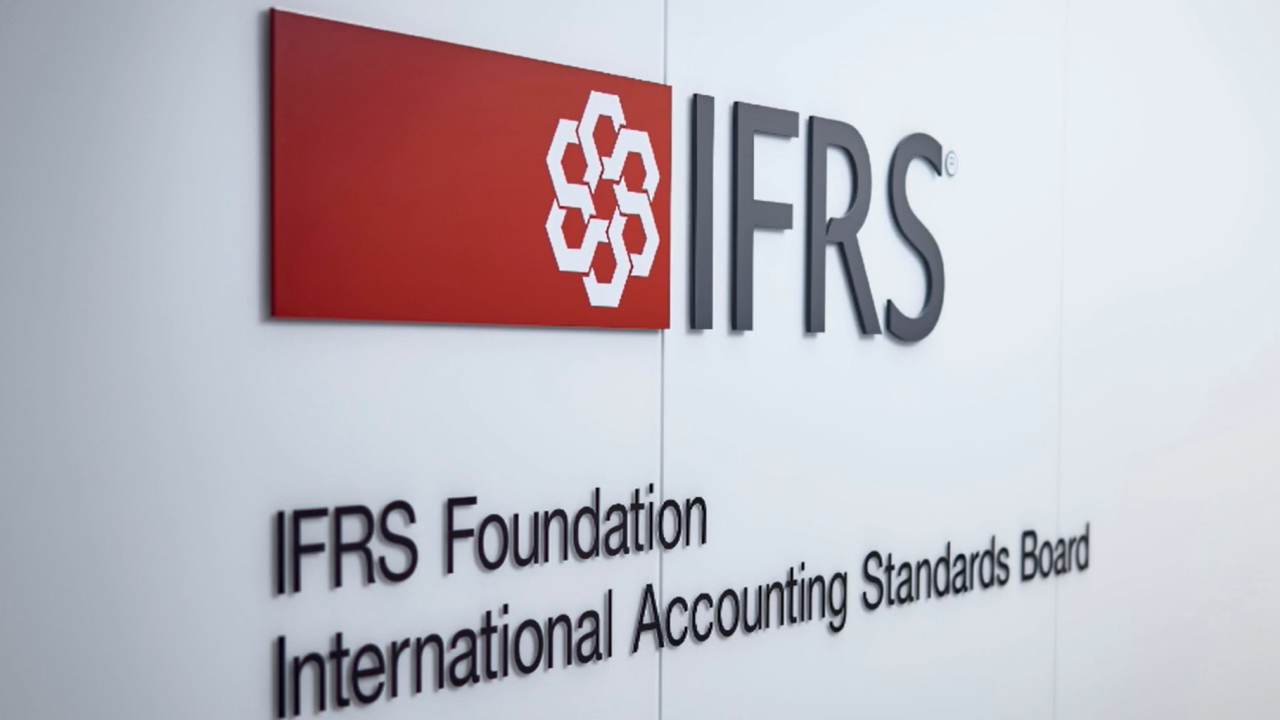Most prospective clients come to you thinking about protection against unnecessary investment risk, taxation, estate planning, etc. But for many, one important element of being your fiduciary is protection from being a target for other family members, especially if it involves joint investments or loans using their money and moving it out of their control.
Sometimes, clients are so eager to help their children, extended family and friends that they need to be reminded of the methods that can be utilized to protect themselves, and perhaps their family members, from unexpected harm.
The best way to help prevent this from happening is to discover from your clients any situations where they have invested with or on behalf of a family member, where they lent money, or co-signed a loan, or have any other financial dealings with any family member or close friend.
The reason for probing so deeply here is that in most of the cases where I have discovered intra-family financial dealings, they were usually undocumented, with no plan for an endgame or ultimate resolution.
If there are past dealings, your first piece of advice is to document those transactions to memorialize the intention of the arrangement. Even if it is ultimately planned to be a complete or partial gift, documenting it as soon as possible may be helpful under many possible scenarios — many of which we’ll address later in this article.
How it begins
Usually intra-family business dealings start with a story or a request for assistance. A family member starts talking about deals or successful ventures in which they’ve participated or would like to participate. Sometimes these are conversations that have grown over the years and sometimes these are ideas out of the blue.
Regardless of the history of your clients’ conversations, approach each opportunity as a pure business opportunity and start with gaining a deep understanding of the offering or opportunity.
If it is a brother-in-law coming to your client to fund his real estate project, he should be treated like a bank would treat him. Do some due diligence to determine the quality of the loan. For a loan to fund something speculative, backed by someone who really needs the money, your client should have premium pricing and security. Security should be in the form of a promissory note with personal guarantees along with a lien or mortgage on the project real estate — and maybe other property to the extent that it is available and worth the effort. If this type of loan wasn’t available from a traditional lender, then your client’s interest rate on the loan should reward them with a higher rate than for a safer loan, and possibly some participation in the profits generated from the project.
A similar posture is often advisable when lending money to children for a home or a business venture. Even if the intention is to ultimately forgive the loan, there are very good reasons to approach these types of transactions with some common-sense business acumen. Some of these reasons include:
- The client may want or need the money back someday.
- The child may get divorced and the lien may protect some of the home or business equity from going to a former spouse.
- The child may get gravely ill or pass away before the client, and the client may recover from the ultimate sale of the underlying asset.
- The client can forgive smaller portions of the loan each year, thereby avoiding any gift tax implications.
- The client hasn’t yet documented an estate plan to reflect either lifetime gifts or loans to offspring
Due diligence
Family approaching other family members to help fund a new business idea is very common. Many people want to help their family in this situation, but there is a right way and a wrong way to do it.
The wrong way is to simply write a check and get nothing back to evidence their investment other than a canceled check. If it is a loan, it needs to be documented, secured and guaranteed personally by the creator of this new business. Just like a bank would underwrite a loan, the client needs to understand the business plan and feel good that the idea has viability. Not all startups work. In fact, more fail than make it.
The initial assessment should include meeting the people or person who will run the show. Have they done this before? The client (or the advisor) needs to assess their likelihood of success. This isn’t easy for professionals to do, let alone emotionally invested family members. Even successful private equity firms don’t succeed on all of their deals.
Ask for the forecasts, and make sure that they are realistic and believable. See how the cash flow will afford your client the luxury of loan and interest payments and/or a profit from their ownership interest. Maybe the worst of all worlds for your client is to be a minority owner in a small business in which they have little control or say over how their investment will again turn back to cash.
If they are getting ownership in the entity, they need to understand what type of entity they are investing in. Is it something that will generate a K-1, like a partnership interest or a share in a subchapter S corporation? There should also be legal agreements behind any entity in which they would invest. This agreement would stipulate all of the important moving parts as it relates to the governance of this new business — issues such as management, decision-making, valuation to determine your client’s equity share, and what happens if there are capital calls or other potentially dilutive decisions made by management. Also, they need to evaluate what happens to their investment if the founder passes away prematurely or is disabled and unable to work.
Also, they should stay on top of their investment. It isn’t a good idea to invest and then only think about it each year as they are waiting for a K-1 to arrive for an uneventful but necessary part of their personal tax filing each year. You should visit the business, talk to management and, in general, ask your clients to inspect what they expect from the company and its management. Attempt to get frequent and realistic valuations of the investment, and be mindful of the endgame and when this investment is likely to benefit from a gain and a liquidity event.
Housing relatives
Another common scenario is to “lend” real estate to a family member in need. It may be an elderly grandmother or a disabled cousin — but many clients do, in fact, have real estate with family or close friends living in the property at a rate far below fair market rental value. I’m not here to tell your clients to raise the rents to fair market value, but I am here to suggest that this transaction be handled no differently than any other real estate rental situation. You need to make sure that everyone is properly protected.
There should be a lease, which clearly sets up the landlord/tenant relationship. Regardless of the amount of rent on the lease, the business relationship needs to be established. If your client is the owner of the property, you may well advise them to own that property in a protected entity such as an LLC for asset protection purposes. Done properly, this ownership structure will limit any liabilities arising from the real estate from permeating any of their other assets owned outside of that real estate LLC.
And lastly, make sure that the house or apartment is properly insured as rental property. If the client doesn’t inform their insurer that the property is being used for rental purposes, they may not be covered in the event of a large claim.
Even if the tenant can’t afford it, make sure that they have renter’s insurance. If the client has to, they should pay for it themselves, because in the long run that may still cost them less should there be a problem.
For many families inclined to invest with or on behalf of their adult children, particular attention should be paid to the wealthy family’s estate plan. On the most basic side, to the extent that there are already loans, homes or whatever other financial benefits that may have already been provided to one or more of the adult children, there should be equalization provisions in their current estate documents. The current documents would also need to make reference as to how prior transactions shall be reconciled upon the passing of the parents.
It is also possible that the parents would be well-advised to consider more permanent gifting as a part of the estate tax reduction strategy. Most estates will avoid the federal death tax with the current exemption level at $5.49 million, but many will still pay substantial death taxes to their state. Passing in one of the high-tax states would cost the estate up to 14 percent in taxes — maybe even higher than 20 percent if you include legal fees from a poorly established estate plan fraught with messy probate, sloppy documents and no trust ownership of assets. For most of us, that’s still real money.





